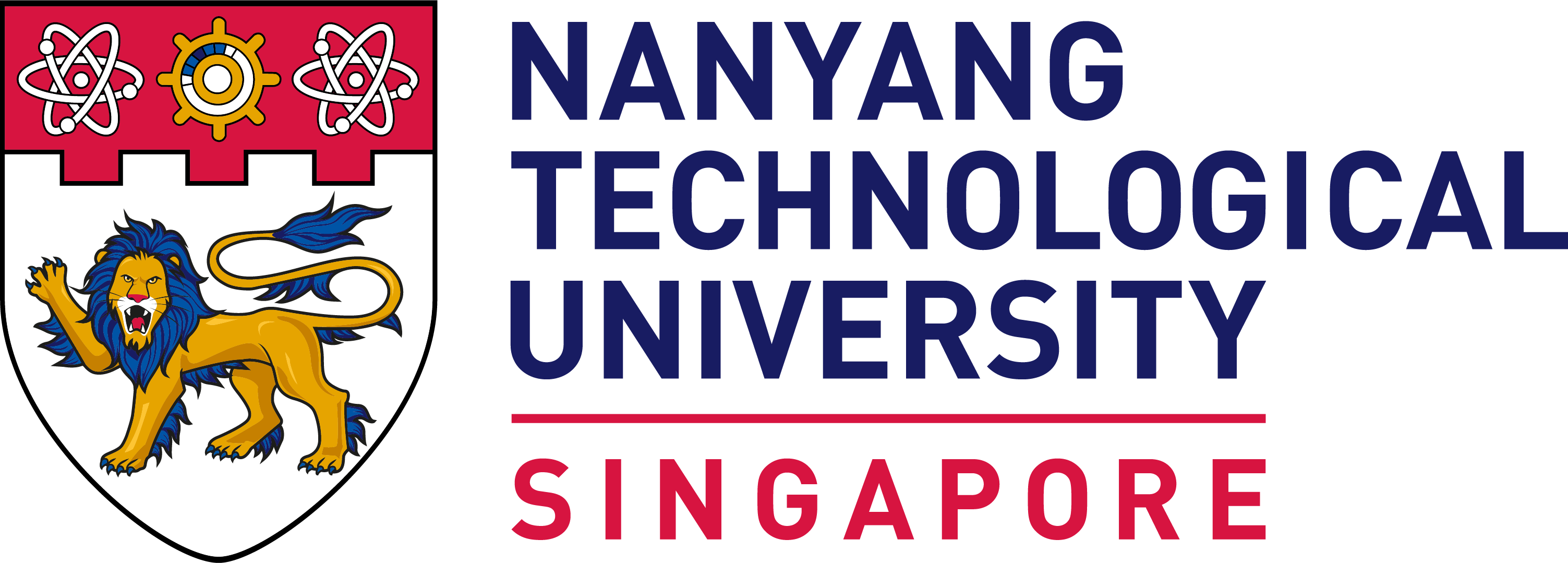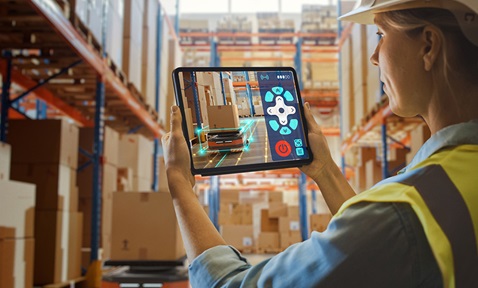
A Unified AI-Enabled Structural Health Monitoring Framework
Synopsis
This technology transforms structural engineering by advancing vision-based Structural Health Monitoring (SHM). Instead of simplifying image annotation to a single attribute, it addresses a multi-attribute, multi-task problem. The goal is to identify the best labels for various structural characteristics.
Opportunity
Building health monitoring continuously assesses the performance, condition, and integrity of a building's structural, mechanical, and electrical systems. Using sensors, data collection techniques, and analytical tools, it evaluates a building’s health and functionality in real-time or over specific periods. The goal is to ensure safety, efficiency, and optimal operation, identify potential issues early, and facilitate proactive maintenance and repair. By monitoring parameters such as temperature, humidity, vibrations, energy consumption, air quality, and structural integrity, building owners, facility managers, and maintenance personnel can make informed decisions regarding maintenance, upgrades, and system optimisation.
Building health monitoring systems often employ sensor networks distributed throughout the building to capture relevant data. This data is processed and analysed using advanced algorithms and machine-learning techniques to detect anomalies, predict failures, and provide actionable insights. Prompt issue detection and resolution can extend the lifespan of building components, reduce energy waste, optimise operational costs, and enhance occupant comfort and safety.
Technology
This technology addresses a critical issue in structural engineering: vision-based SHM. Rather than simplifying structural image annotation to one attribute (e.g., damaged or undamaged), it redefines the problem as a multi-attribute, multi-task problem. Each image can have multiple attributes, and the goal is to identify the best labels that describe these structural characteristics.
The framework incorporates domain expertise and includes eight fundamental vision tasks to recognise key attributes in structural images. A comprehensive multi-attribute, multi-task image dataset is created and open-sourced for SHM and broader computer vision research, particularly for multi-attribute, multi-task, small-scale datasets, and missing label scenarios.
Extensive benchmarking experiments involve training individual networks like VGG16, VGG19, and ResNet50 for each task, initially treating each task independently. Transfer Learning (TL) techniques, notably fine-tuning ImageNet pre-trained models, significantly improve performance. To account for inter-task relationships, TL with a hierarchical transfer path (HTL) is employed, enhancing accuracy in some tasks. Ultimately, a Multi-Task Learning (MTL) framework is implemented to train all tasks concurrently, considering inter-task relationships while maintaining computational efficiency. MTL yields the best performance across most tasks.

Figure 1: Fine-grained defect check in walls.
Applications & Advantages
AI enables building health monitoring systems to leverage advanced analytics, pattern recognition, and real-time data processing capabilities. By harnessing the power of AI, building owners, facility managers, and maintenance personnel can improve the overall performance and energy efficiency of buildings, while boosting occupant comfort and well-being.
Key applications include:
- Anomaly detection
- Predictive maintenance
- Energy optimisation
- Occupant comfort and well-being
- Fault diagnosis and troubleshooting
- Decision support systems




.tmb-listing.jpg?Culture=en&sfvrsn=55153609_1)


.tmb-listing.jpg?Culture=en&sfvrsn=b5366f51_1)







